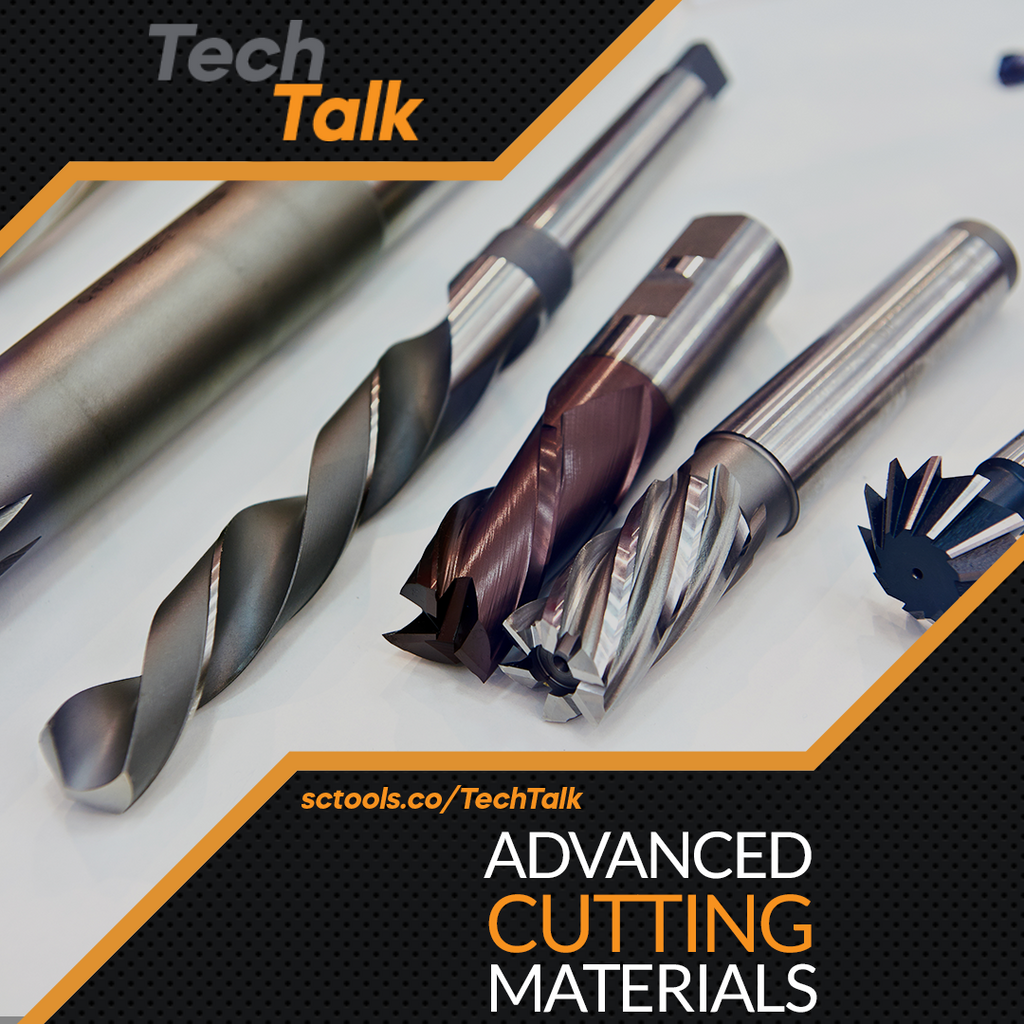In machining, advanced cutting materials relate to CBN, PCD, and ceramic-based inserts. They have the same hardness as carbide grades, making them ideal for cutting exotic materials and hardened steel.
How Milling Operations Are Boosted by Advanced Cutting Tools
Do you have what it takes to improve your milling productivity? You'll need cutters, machine equipment, and the know-how to use milling procedures beyond the standard.
This means that you can push your feed rates higher than ever before and cut harder materials as well. Your milling equipment should be able to support higher-productivity milling solutions.
Milling at a Grander Scale
High-feed and trochoidal processes are no longer the only types of milling classified as "extreme." Extreme rough milling is often used in the shipbuilding and heavy equipment industries to produce huge castings and pieces that require large amounts of material to be removed.
Extreme rough milling, unsurprisingly, necessitates the use of heavy-duty machinery. A 50-taper spindle, or one even stiffer, is frequently required for very rough milling. Extreme rough milling necessitates using large-diameter milling cutters with massive carbide inserts capable of cutting to extremely deep depths.
Hard Problems in Milling
Milling hard materials is another sort of milling that might be classified as "severe." Different heat-treatable steel grades, such as H13, S7, A2, and D2, are among these materials. Weak machines that are light-duty and weak are ideal for cutting soft steel, which requires big cuts and lots of chips.
Milling hardened steel can be challenging even with the correct machine tool, so industries that take on the job must also pay close attention to the cutting tool designs. You can get away with a small core if you have many chip areas in the pockets between the tool's flutes.
The core of the tools for hardened steel, on the other hand, should be large and thick (to make the tools harder and more rigid), but there shouldn't be much space between the flutes because the chips are so small. A tapered cutting tool design also gives more stiffness than a straight shank. Hardened steel cutting geometries and edges should also be customized.
Getting a Glimpse of the High Feed
High-feed milling is one of the most well-known and widely used types of unconventional milling. As the name implies, high-feed milling entails running the feed rate at a greater speed (in SFM or RPM) than that suggested for cutting a given material with a typical face-milling cutter.
Cutters with a smaller lead angle (the angle between the leading cutting edge of the insert and the workpiece surface) than the normal 45° are used for high-feed milling. A high-feed milling cutter's normal lead angle is 15° or less.
The high-feed milling approach relies on chip thinning and a shallower cut depth. According to a common assumption, high-feed milling is always more productive.
With a high-feed mill, you might be running 400 to 700 inches per minute. When choosing cutting tools, keep in mind the depth of cut per pass you want to achieve in a high-feed milling process. Even though many high-feed tools are on the market, the depth of cut they provide is often only 0.060 inches or less.
Milling Extremely From the Side
Unlike high-feed milling, which uses the face of the tool to generate shallow radial cuts with a big axial depth, trochoidal milling employs the side of the tool to make shallow radial cuts with a large axial depth.
Trochoidal milling is usually done with solid-carbide end mills. The toolpath is an algorithm that aims to reduce radial tool engagement as much as possible (usually by 5 to 20 percent). The tool's axial depth of cut can be increased due to its low radial engagement.
A trochoidal cutter decreases radial cutting forces and the amount of heat in the workpiece and tool by going in and out of a cut fast and with little radial engagement. The machine controller can dictate the type of [milling] approach you adopt. Many machines are incapable of handling either trochoidal or high-feed milling.
The machine's ability to read ahead is crucial when it comes to trochoidal milling. You'll have to switch to a different form of machining if the machine can't read the programming code fast enough to keep up with what you need the cutter to do.
It is important that tools move fluidly. However, this won't be the case if the machine controller can't process the trochoidal milling toolpath at higher feed rates appropriately. Trochoidal milling, like high-feed milling, can benefit from the current trend toward fluted cutters.
There is a huge selection of tools from SCTools, each of which can be customized according to its purpose, as the table comparing advanced cutting materials indicates. We help businesses improve their cutting performance and yield with the right equipment.
 |
If you have any questions about carbide cutting tools, end mills, drills, etc. be sure to reach out to us @ sctools.co/Home or call us at (877)737-0987. We help you machine better! |



Comments (0)